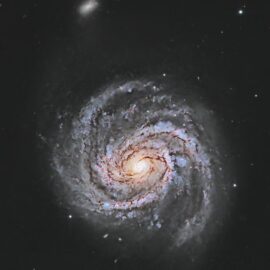In this blog, we use an Image of M100 to begin a description of how hydrogen (and other components) circulate and distribute around a spiral galaxy. This builds upon and takes another perspective on the series of posts describing the spiral galactic structure described on this website.
Circulation and Jewelry – The Galactic Spiral Structure (Part 5)

In the ultimate post of the series, we finally get to add some of the things that we image in galaxies – emissions, dust, and stars, to the stuff we can’t see – hydrogen and black holes. The stuff we can see brings life to the galaxy and are indeed necessarily for its longevity and new star production.
Gravity is shown to be periodic both in radial and angular directions, just like the spiral, but the various forces at play effect the galactic jewelry in different ways to give us regions of emissions, dust lanes, and star orbits. Explanations are provides as to why the arms can extend for radii way beyond what we do see, why dark matter is unnecessary (just a hydrogen accounting error). The spiral structure even explains why velocity vs radius plots look periodic when even dark matter doesn’t explain it.
Winding Problem Solved – Galactic Spiral Structure (Part 4)
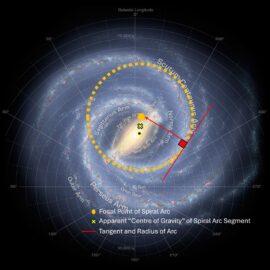
If the galaxy were a disk, gravity would act toward the centre of the galaxy, centrifugal forces in the opposite direction, and viscous drag perpendicular to both. In a galactic spiral structure, this is not the case as components of all three forces act along and perpendicular to the spiral arms. This gives spiral shapes the ability to avoid the arms winding upon each other, and even orbits spots that aren’t at the galactic centre. Force balances on the spiral arms, show how this comes together in this detailed analysis. The post is long, but I think insightful and revealing. Coupled with the thermodynamics of hydrogen – even does away for the need for dark matter.
From Torus to Spiral Disk – Galactic Spiral Structure (Part 3)
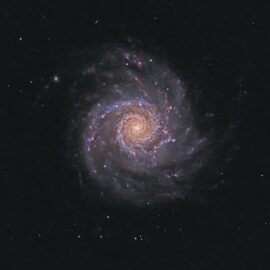
Introducing viscous drag and fluid mechanics into what shapes a spiral galaxy. Astrophysicists avoid fluid mechanics like the plague, but understanding this energy disapative force is the only way to understand how spirals work. Shortcuts only lead to weird and fantastic stories, many of which are accepted in popular descriptions. Spiral flow patterns are common here on earth (some, like hurricanes are too common) and so this topic deserves an earthly description.
Torus of Gravity vs Momentum – Galactic Spiral Structure (Part 2)
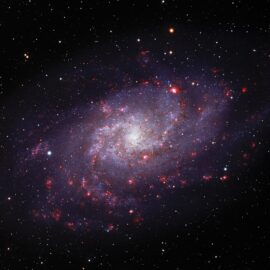
In this second posting in the series, angular momentum is added as a second force guiding the structure of spiral galaxies. The coupling of angular momentum with gravity leads to the generalization of the overall shape of a galaxy as a torus, or toroidal disc. The gravitational force associated with a toroidal disk is explored and it is far more complex than a spherical shell.
A Bunch of Hydrogen – Galactic Spiral Structure (Part 1)
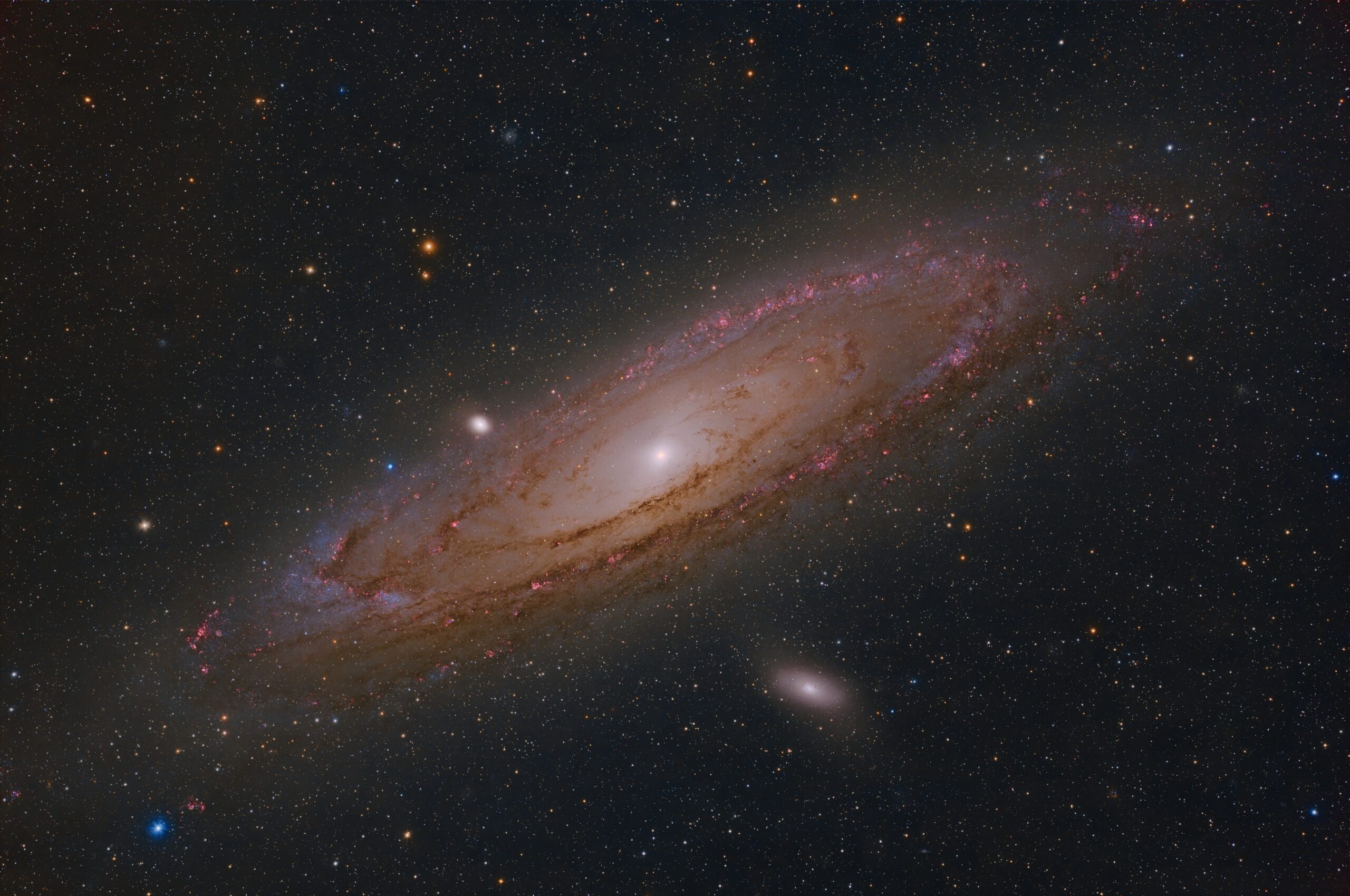
My first post on this website is the first of five that provide insights into the very misunderstood topic of why galactic spirals are spirals. Here we introduce the two matter ingredients that are necessary to create the structure – hydrogen and a central gravitational structure (a black hole will do). I also introduce the concept of self-gravity via Newton’s Shell Theory – and why a “collapsing molecular cloud” neither explains a galaxy, nor even star formation. Also introduced, is the concept of thermodynamics and how two forms of the same material (hydrogen) makes galaxies even more interesting,


